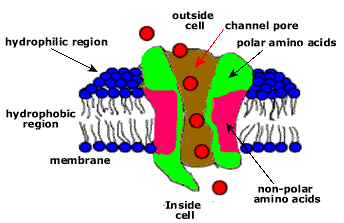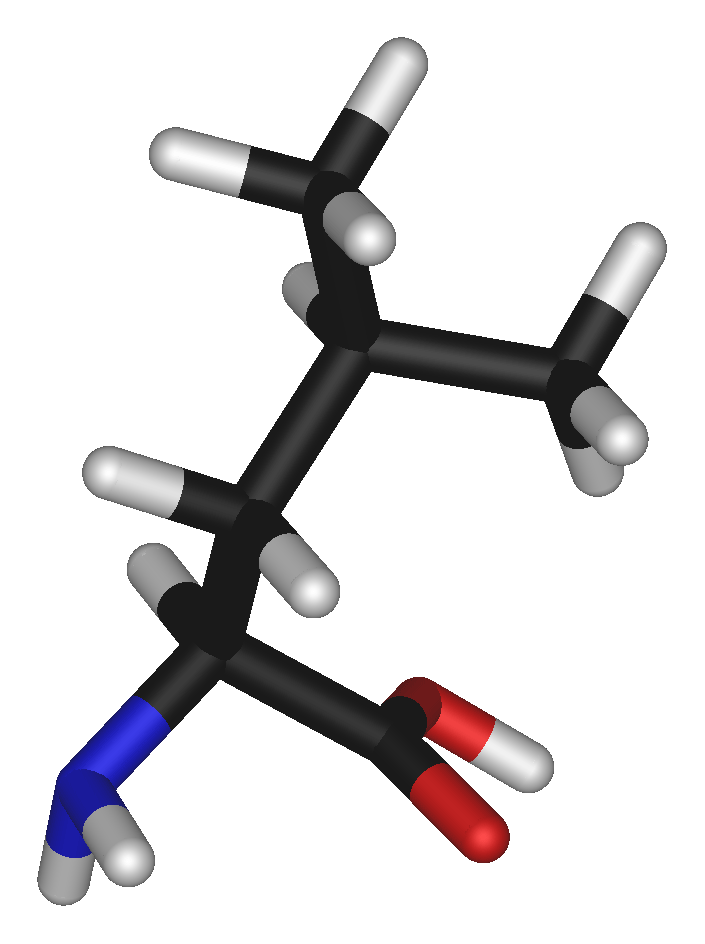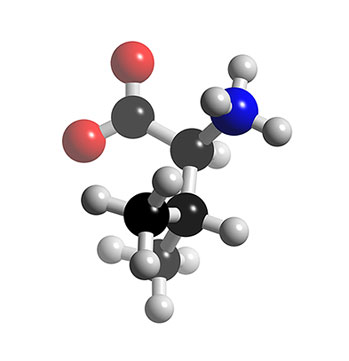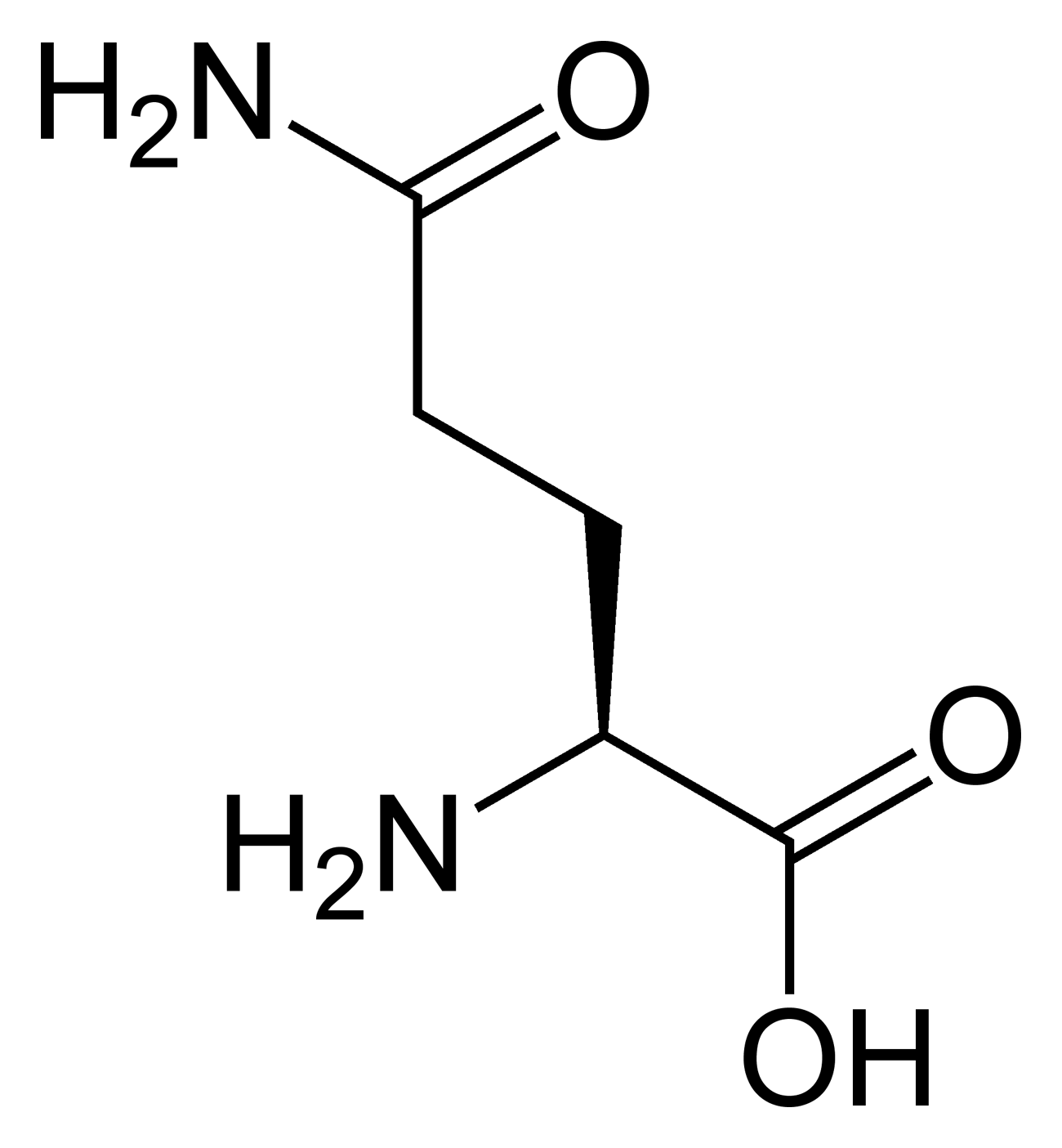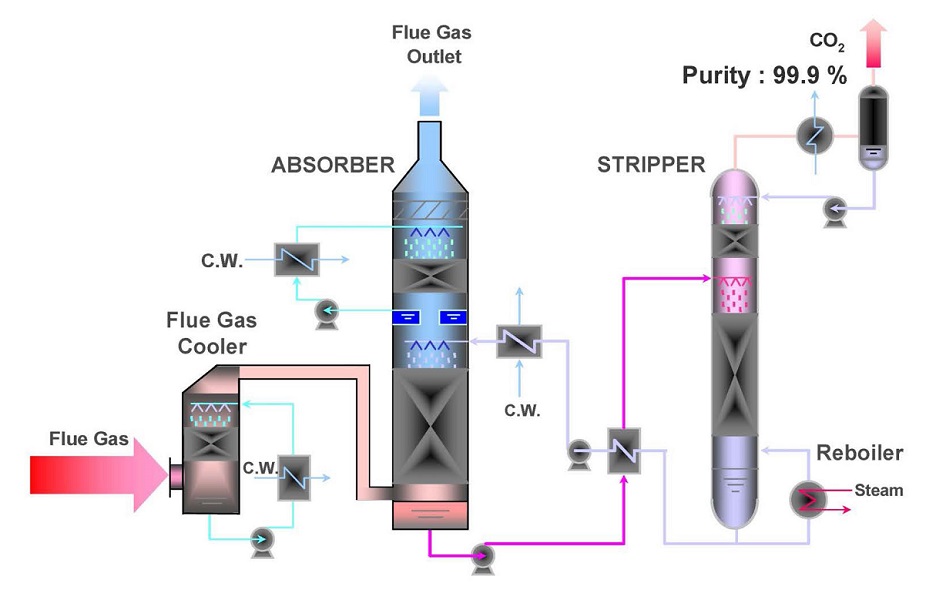
Solid Fuels outlook [May 2016]
Coal contributes to around 25% electricity generation in EU and to industrial energy generation for specific applications. Most of European countries exhibit availability of coal deposits which are cheap to use. Up to date, most countries use a combination of various energy sources for electricity generation, with coal being the major contribution for most of them. On the other hand, due to the low carbon dioxide emissions regulations, coal use is reduced on a yearly basis across EU. Countries that cannot meet the set goals on coal contribution limits on their electricity generation balance are fined, as in the case of Greece.




